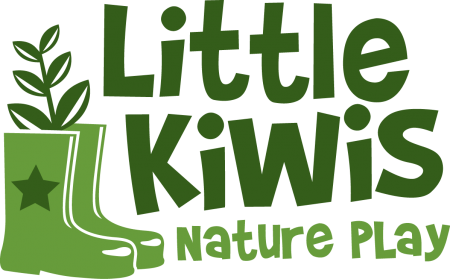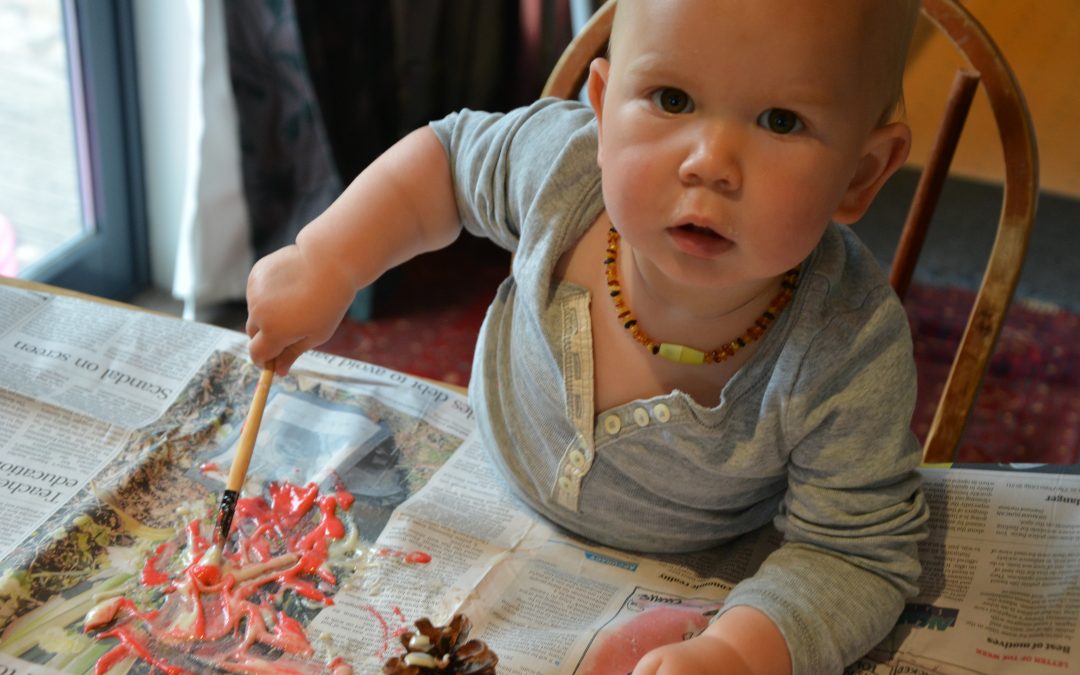Simple, screen-free ideas for life with a new baby and a busy preschooler
Bringing a second baby into the family is a beautiful, wild, and often overwhelming transition. You’ve done it before, the sleepless nights, the feeding marathons, the emotional rollercoaster. But now there’s an older child in the mix, watching, waiting, needing you too. And let’s be honest, the temptation to hand over the tablet just to get ten minutes of peace can feel very real.
You’re not alone. And you’re not a bad parent for thinking screens might be the only answer. But with a bit of preparation, creativity, and grace, there are other ways to navigate this new season without falling into the screen trap.
Why Try to Reduce Screen Time?
Screens are everywhere, but that doesn’t mean they’re harmless. The World Health Organization (WHO) recommends:
- For children under 2: No screen time at all.
- Ages 2 to 4: No more than 1 hour per day — and less is better.
- Ages 5 and over: Consistent limits with a focus on quality content and screen-free family time. Maximum of 2 hours per day.
Excessive screen time has been linked to:
- Reduced language and cognitive development
- Sleep disruption
- Emotional dysregulation
- Less time for active, creative, social, and nature-based play
And here’s the kicker: in those early days with a new baby, older siblings are already going through a massive adjustment. They need more connection, not less.
So What Can You Do Instead?
The key is to set up simple, independent play options ahead of time. This is not about being Pinterest-perfect — it’s about real-life solutions you can actually manage while holding a baby in one arm.
What Are Schema and Why Do They Matter?
You might notice your toddler loves lining up leaves, wrapping toys in cloths, or posting sticks through a hole over and over again. These repeated behaviours are called schema or play urges. They’re a natural part of brain development and help children make sense of the world through movement and repetition. By recognising and supporting these urges with simple materials and loose parts, we create powerful opportunities for independent, focused play, exactly what’s needed when you’re busy with a newborn.
Please note that you will need to consider if the items suggested below are age appropriate for your child i.e. be aware of choking hazards.
Here are a few ideas to get you started:
1. Busy Bags and Baskets (for 1–3 Year Olds)
Prepare 5–10 quiet-time activities using baskets, shallow trays, or small bags. These support independent play while you feed the baby or need a pause.
Schema-aligned examples using natural, homemade or easily sourced items:
Transporting
- Large seed pods, shells, pinecones with a wooden bowl or 3
- Soft playdough shapes or stones with a muffin tray or mini basket
- Fabric or other small items inside a small tote or old handbag to pack and unpack
Enveloping / Covering
- Squares of fabric with felt animals or peg dolls to wrap and hide
- Coloured paper shapes with recycled envelopes for posting
- Silks, muslin cloths, or scarves tucked into an empty tissue box
- A dress up box with a variety of outfits
Collecting / Sorting / Positioning
- Nature basket: shells, pinecones, large leaves, seed heads, sticks
- Felt balls or leaves or petals or stones with wooden bowls or egg cartons
- Clay or playdough with natural decorations like leaf tips, petals, twigs
Element Play
- Homemade playdough with large buttons, cinnamon sticks, bottle tops
- Kinetic sand or clay with chunky tools, rolling pins, and shells
- Water play in a low tray with cloths, cups, and ladles (supervised)
Posting / Inserting
- Pipe cleaners with a colander
- Cardboard box with holes for felt shapes or large corks or pegs
- Ice cube tray or egg carton for placing natural or repurposed items
Enclosure / Small World
- Dolls, soft toys, or wooden animals with a box or cloth tent
- Cardboard boxes with wooden toys for small world creations
- Bark pieces and pinecones with a scarf or fabric base to create habitats
Tip: Rotate only two to three activities at a time. Use items your child already loves, and keep baskets at their height for self-selection.
2. Simple Provocations to Spark Independent Play
Set up one invitation per day or leave them out for revisiting. Let your toddler lead the play while you tend to the baby nearby.
Nature-inspired and schema-rich provocations:
- Bush bakery: muffin tray with kinetic sand or dirt, seed pods, bark chips (put a large tarp down or feed your baby outside)
- Clay creatures: air-dry clay with feathers, sticks, and shells
- Post and sort station: cardboard box with holes, felt scraps or jar lids or pegs
- Nature soup: bowl of water with ladle, leaves, petals, and spoons
- Stick and stone trail: tray of chunky sticks and stones for lining up
- Fabric wraps: dolls or animals with scarves for tucking in
- Leaf patterns: leaves with cardboard mat, pegs, or fabric tape
Many of these can be prepared before baby arrives using items from around the home or gathered on a nature walk. Watch what play urges your child is following and build from there.
3. Before Baby Arrives – Plan Your Survival Toolkit
Start now:
- Set up a play shelf or trolley your child can access themselves
- Make a “special only when baby is feeding” box
- Talk about the changes to come, and practise quiet solo play
- Borrow books about becoming a big sibling
- Stock up on snacks, easy meals, and slow cooker recipes
- Have a shelf beside your feeding chair that you have quick access to another busy bag, books, snacks and tissues.
A great tip that worked really well for us was giving my son his very own baby doll to care for when his sibling was born. I gifted it to him in the hospital and later added a little doll front pack. He loved copying everything I did – feeding, cuddling, and carrying his baby just like me.
4. Use Screens Intentionally
If you do use screens:
- Choose age-appropriate, slow-paced content (such as Bluey or Puffin Rock)
- Get a nature discovery DVD
- Stick to a routine (like one episode after lunch)
- Avoid using screens as a default calming tool — especially before sleep, first thing in the morning and in the evening before bed
5. Go Outside (Even if It’s Just the Backyard)
The quickest way to shift energy and reset everyone’s mood? Step outside. Into the backyard, around the block or a visit to the local park. Organising to go with someone can really help motivate you and also support your mental health – an added bonus.
Even short bursts of time in nature can:
- Reduce tantrums and restlessness
- Soothe your nervous system (and your child’s)
- Provide open-ended play (dirt, sticks, bugs, puddles)
- Help baby sleep better too
Find your village:
- Playcentre
- Local nature play groups
- Church or community playgroups
- Music and movement classes
- Toy Library
- Walks with another mum-friend and a flask of tea
Finally… Be Kind to Yourself
There will be messy days. There will be moments when the screen feels like the only option. That’s okay. What matters most is the overall rhythm you’re creating, one where connection, curiosity, and presence are the norm.
Your older child doesn’t need perfection. They need to feel seen, included, and safe.
Your new baby doesn’t need isolation. They need to be welcomed into a world where play and family and love exist all around them.
You’ve got this.
Celia Hogan is a nature education specialist, parenting coach, speaker and adventurer who is passionate about nature play, risky play, child development and improving mental health and well being. You can follow her on Facebook, Instagram and Linked In. Subscribe to her newsletter for tips and ideas as well as workshop announcements.
For more tips on reducing and delaying screen time join the Screen Wise Ōtautahi Facebook group if you are in Christchurch.

